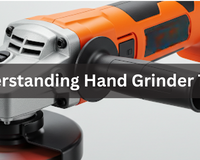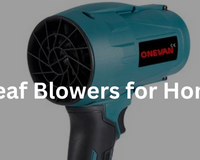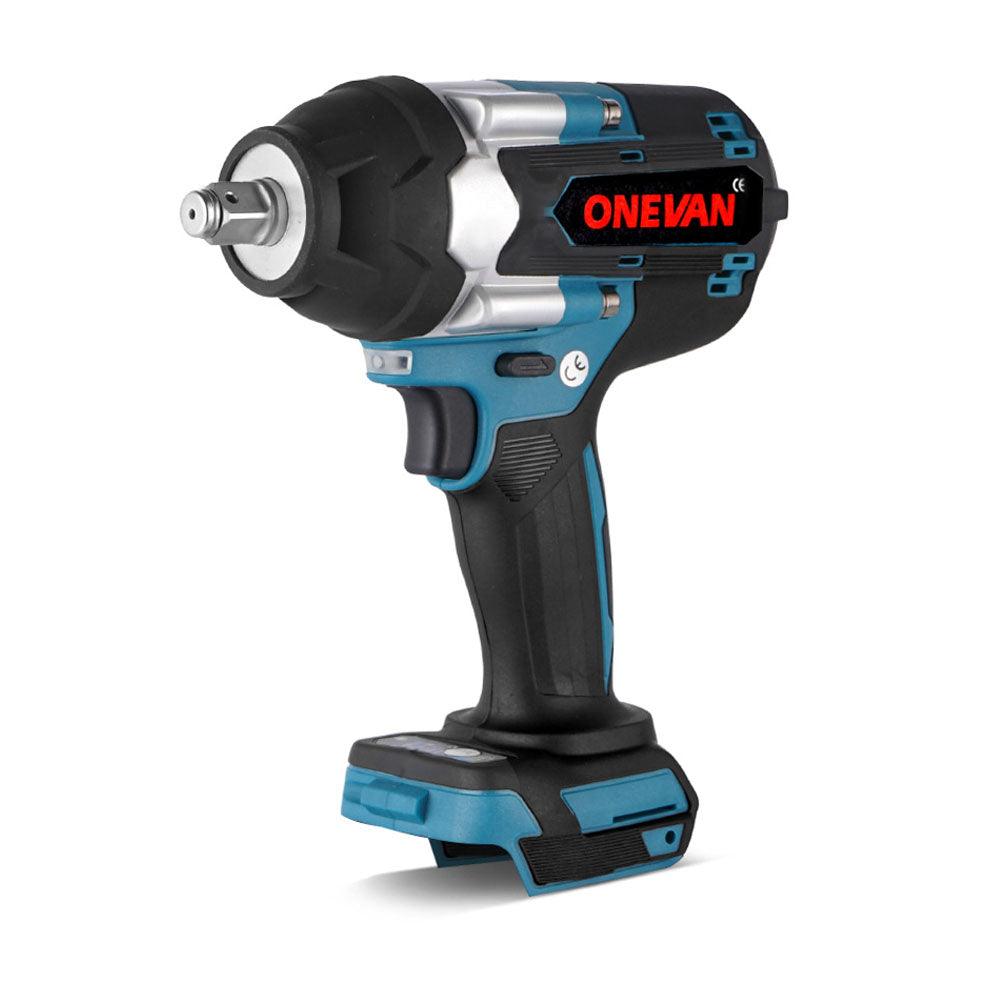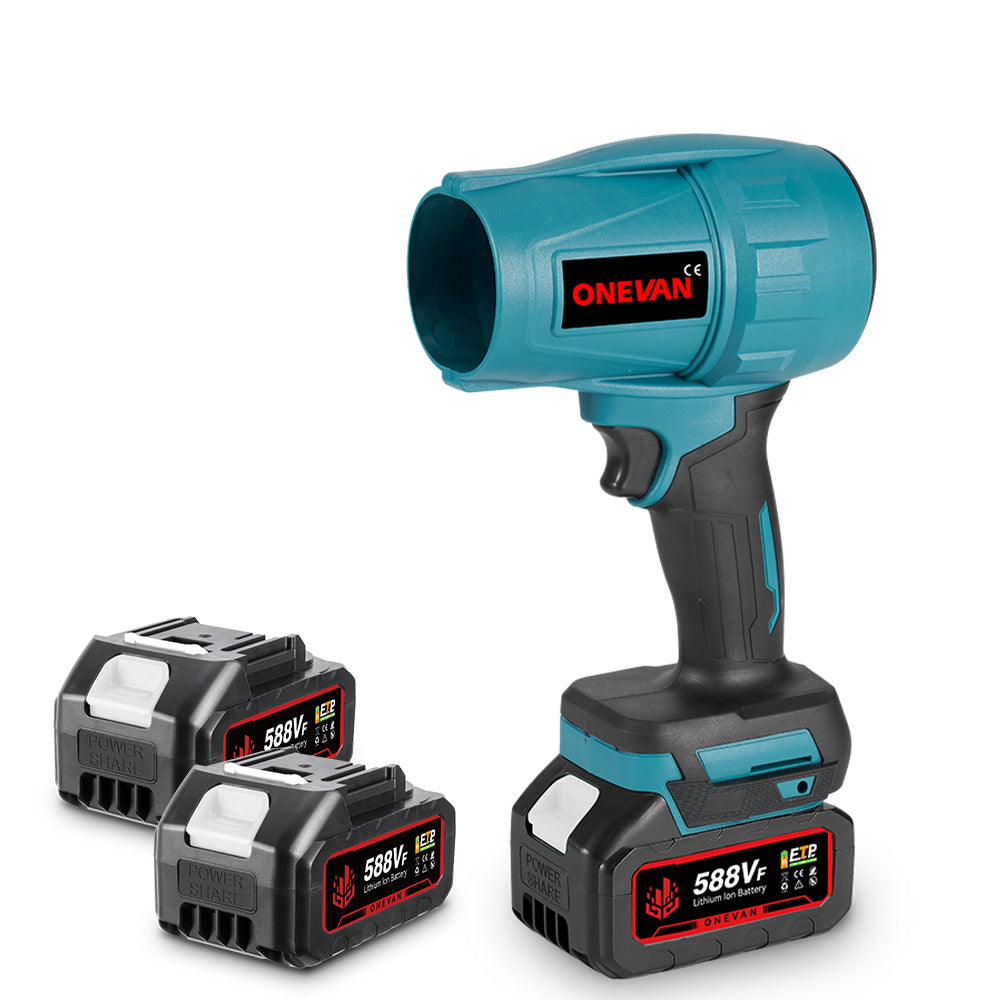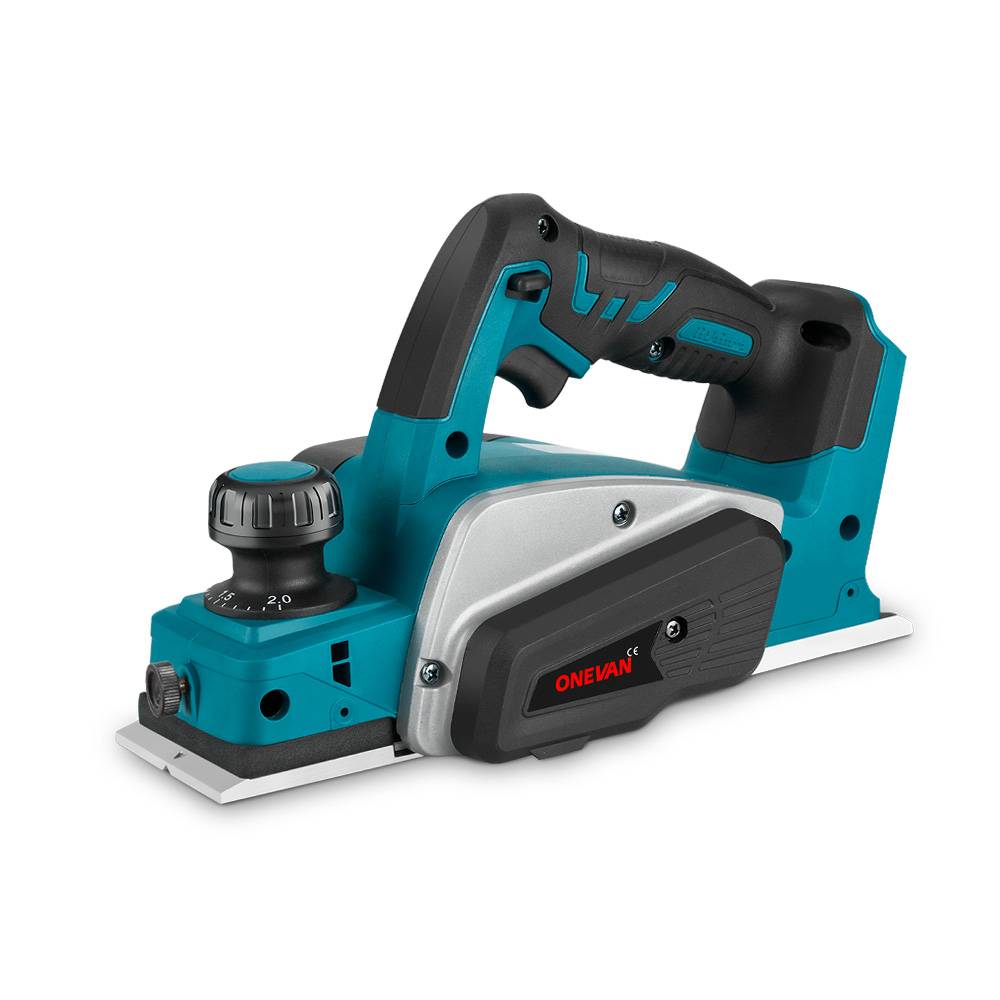Evacuation of a car’s AC system means sucking out the moisture and dirt that build up inside the system over time. This is usually done after a repair or maintenance activity that exposes the AC system to the outside environment. It is an important step in your car's routine maintenance, as it keeps the AC cool and functional.
Whenever you fix a leak or valve inside the AC lines, the inside system is exposed to the outside environment. It’s important to evacuate the moisture and dust particles that might have entered the AC lines before closing and reassembling components. Evacuation is also important whenever you recharge the system with refrigerant, as failing to do so can reduce the AC’s efficiency.
In this blog post, we’re going to talk about how you can evacuate your AC system with the help of a vacuum pump. We’ll give you an easy, step-by-step guide anyone can follow to evacuate their home system.
1. What Does Evacuation Mean in Car AC Systems?
Air, Moisture, and Contaminants in AC Lines
When you recharge a car’s AC by adding fresh refrigerant, it delivers nice, cool air and does what an AC should. But over time, you see that the degree and efficiency of the AC function start to reduce. This is because a car’s AC naturally loses refrigerant over time, and moisture and dirt can build up.
Impact of Moisture and Air on AC Performance and Component Life
Dirt and humidity can cause serious, expensive damage to the AC system. Tiny water droplets inside the AC system can freeze and form ice blocks when temperatures drop due to the effects of the refrigerant. These ice formations can block the expansion valve or orifice tube, limiting refrigerant flow and disrupting circulation in the AC circuit, among other potential complications. This significantly reduces the cooling capabilities.
Moisture can react with the refrigerant, forming a sludge-like paste that can clog internal valves and further impair refrigerant flow. Thirdly, water vapor can react with lubricant oil and refrigerant, forming acids that can corrode critical components within the system. It can damage the condenser, O-rings, flexible hoses, aluminium pipes, and other parts, leading to damage and hard-to-find tiny leaks.
Air is also harmful as it accumulates inside the condenser and, unlike refrigerant, cannot be condensed. So essentially, air just takes up the refrigerant’s space in the condenser, cooling all the refrigerant, leading to inefficiency and component burnout over time.
How Vacuum Pumps Work to Create Negative Pressure and Remove Contaminants
The car’s AC is designed to handle small amounts of air and moisture on its own. However, a vacuum pump is essential if your system has been exposed to humid air for an extended period or if there has been inadequate service that may allow contaminants to enter the system. The vacuum pump extracts both air and moisture by creating a negative pressure. It serves as a one-way air suction in the AC lines. Doing so creates a vacuum inside the system.
When a vacuum is created, the pressure inside the system is also significantly reduced, which in turn reduces the boiling point of water. So, all the moisture is converted to water vapor and sucked out by the vacuum pump.
2. Tools and Equipment Needed for Evacuating Car AC Systems
There are three major tools that you need to evacuate car AC systems. The heart of this operation is a quality vacuum pump that produces the suction. Then there is a manifold pressure gauge that helps you check pressure and control suction flow, and the third is coupler valves that connect to hoses and then to the car's service ports. Then there are some nice-to-haves, like a micron gauge used to measure pressure in a car’s AC system and a refrigerant can for recharging.
Car AC Vacuum Pump – Corded, Cordless, or Pneumatic Options
Vacuum pumps have three types that are not created equal. Corded vacuum pumps are traditional pumps and are considered industry standard. They are corded, so they need a continuous power supply. They provide a strong vacuum and can run for as long as you want because they have a continuous power supply. They are used by professionals in service shops. The downsides are that they are not portable, and you’re tethered to a wall and an extension cord while using them.
Cordless vacuum pumps have become very popular recently as they are rechargeable and provide enough vacuum power to sufficiently evacuate a car’s AC. They are perfectly suitable for DIYers as they are very portable. You’ll need to recharge the battery, usually for each session. ONEVAN’s cordless vacuum pumps are highly efficient for personal use, helping you quickly evacuate your car’s AC.
The third type of vacuum pump is pneumatic. They are very portable and budget-friendly, but you should not be using them for evacuation as they can’t produce enough vacuum to suck do the job efficiently.
Manifold Gauge Set and Vacuum Hoses
The manifold gauge set connects with both the vacuum pump and the car’s system and controls the vacuum and pressure. It has three hoses that connect with low-pressure and high-pressure side ports on the car and the port on a vacuum pump.
Safety Equipment: Gloves, Goggles, and Ventilated Workspace
It’s incredibly important for you to wear personal protective equipment and work in a well-ventilated space.Goggles and gloves protect you from hot car parts and refrigerant from coming into contact with your skin or other parts of your body. Good ventilation is essential to prevent inhalation of refrigerant or lubricant fumes, which can harm your health.
Refrigerant Recovery Machines: When and Why to Use
Before recharging a car’s AC, any residual refrigerant in the lines is removed using a refrigerant recovery machine. They are of two types. Refrigerant recovery machines are typically available at specialized service centers, performing complete recovery and recycling. And a smaller, portable one that only performs recovery and is perfect for personal use. You’re legally required to properly recover a refrigerant before recharging and not vent it in open air.
3. Preparing the Car AC System for Evacuation
We have talked enough about what evacuation is, what you need for evacuation, and why it’s important. Now let’s talk about how to do it. It all starts by connecting the three core components together and preparing the system.
Locating Service Ports and Connecting Gauges
Open the front lid of the car, and you’ll be able to locate two AC side service ports. One low-pressure service port and one high-pressure side service port. The low-pressure port will have a cap labelled “L”, and the high-pressure port will have a cap labelled “H”.
Hang the manifold pressure gauge vertically and attach its hoses to the low- and high-pressure side service ports via coupler valves. The low-pressure hose (usually blue) is attached to the low-pressure side port, the high-pressure hose (red) is connected to the high-pressure service port, and the yellow service hose is connected to the vacuum pump.
Checking for Visible Damage or Leaks Before Evacuation
Ensure all the valves are closed snugly and check for any obvious leaks in the system, as this can cause faulty evacuation and waste time and resources.
Removing Refrigerant (If Any) Through Proper Recovery Process
The refrigerant is often not fully used up, leaving some residual refrigerant in the AC system. You can’t vent it into the air, so you should recover it at home with a portable recovery device or at a specialized service shop.
4. Safety Tips When Using a Vacuum Pump
As you perform this task independently, it is crucial to prioritize your safety and take necessary precautions to avoid injury.
Using Personal Protective Equipment (PPE)
Refrigerant can cause frostbite on the skin and eye damage if it comes into contact with your eyes. So make sure you wear gloves and goggles while evacuating your car’s AC. Wear full sleeves and avoid touching hot components while the system is running.
Electrical Safety Considerations
Make sure the wiring is safe beforehand. Always place the vacuum pump on a dry surface. Notice any sparks and resolve any wiring defects promptly. Electrical hazards aren't a big problem when using cordless vacuum pumps.
Safe Handling of Refrigerants and Gases
As mentioned earlier, properly recover the leftover refrigerant; don’t vent it into the open air, and don’t let it come into contact with your skin.
Proper Ventilation of Work Area
Work in a well-ventilated area to avoid inhaling refrigerant or lubricant fumes, which can harm your health.
5. Step-by-Step Process to Evacuate the Car AC System Using a Vacuum Pump
Once the setup is ready and you have taken all the precautionary measures, it’s time to run the vacuum pump. Follow the following steps to do it smoothly.
Step 1: Connect the Manifold Gauges and Vacuum Pump
Connect the low-pressure hose to the low-pressure side service port and the high-pressure hose to the high-pressure side service port. Connect the yellow service hose to the vacuum pump. All valves (manifold gauge, coupler valves, and vacuum pump valves) are closed at this point.
Step 2: Open Valves and Run the Vacuum Pump
Open the coupler valves so the manifold gauge reads the AC system pressure. Now run the pump. Then open the blue valve on the manifold gauge, then the red valve.
Step 3: Monitor Vacuum Level and Achieve Target Vacuum Reading
The vacuum pump will be running, and you can monitor the pressure inside the system by looking at the blue meter on the manifold gauge on the low-pressure side. Any reading below 29 inches of mercury is ideal.
Step 4: Hold Vacuum and Check for Leaks (Vacuum Hold Testing)
After the pump has run for 30-45 minutes, close the blue valve on the gauge first, then the red valve. Then turn the vacuum pump off. Wait 15 minutes to an hour to monitor the manifold gauge reading. If it doesn’t drop below 29 inches of mercury, you’re good to go.
To accurately test the vacuum inside the system, use a highly sensitive micron gauge to measure levels within an isolated AC system. If the reading is below 500 microns and doesn’t exceed 1000 microns after disconnecting the gauge and pump, the AC system is tight and dry.
Step 5: Close Valves, Turn Off Pump, and Prepare for Refrigerant Charging
You can close the gauge valves, then turn off the pump after it has been running for about 45 minutes. To recharge the system, disconnect the vacuum pump and connect the refrigerant can to the service port, following appropriate procedures for safe recharging.
6. How Long Should You Evacuate Your Car's AC System?
Recommended Evacuation Time
A typical evacuation time of 30-45 minutes is recommended for most cars, but always check manufacturer specifications for specific requirements.
Key Factors That Influence the Duration of Evacuation: Moisture, Leaks, and Pump Capacity
If the car has been exposed to a humid environment for an extended period, such as during a major AC service, you may need to run the vacuum pump longer; however, always follow manufacturer recommendations for safe operation.
How to Determine When Evacuation Is Complete by Reading Vacuum Gauge Measurements
You can confirm if the evacuation is complete by using a micron gauge after isolating the car’s system. Any reading above 1000 microns indicates successful evacuation.
7. Common Problems and Troubleshooting During Evacuation
Vacuum Pump Fails to Reach Target Vacuum Level
This is most commonly due to leaks at any point in the whole system. Stop the pump and recheck the system.
System Losing Vacuum During Hold Test
This is also due to leaks. Stop the pump, find leaks, fix them, and restart the pump.
Unusual Noises or Smells Emitted from the Vacuum Pump
A little bit of gurgling sound at the start of evacuation is normal, as it’s just the voice of accumulated air and moisture. A harsh rattling or metal sound, however, can indicate a serious defect in the system. Stop the pump and thoroughly recheck the system.
Vacuum Pump Overheating and Excessive Vibration
Overheating can be due to contaminated oil or improper ventilation. If the oil is cloudy, change it and ensure that the vacuum pump is placed on a dry surface in a well-ventilated area during operation. Vibration may indicate an uneven floor on which the pump is placed or an issue with the vacuum pump itself.
Managing Oil Contamination in the Vacuum Pump or AC System
If the oil in the vacuum pump looks milky or cloudy, it may be contaminated. Changing the oil fixes this. In fact, it’s recommended to change oil for every evacuation. If the oil in the AC system is contaminated, it can cause the compressor to fail. You can not fix it at home, so if the compressor fails, consult a pro.
Ensuring Tight Connections and Hose Usage
Make sure O-rings are intact and all valves are gently snugged. Avoid overtightening connections, as this can cause cracks in components and leaks.
8. Conclusion
Evacuating a car’s AC system with a pump is an important maintenance activity that keeps the AC functional and efficient. You can do this easily at home using a vacuum pump, manifold pressure gauge, and protective equipment. Cordless vacuum pumps are portable, easy to use, and perfect for personal and DIY use. Check out ONEVAN vacuum pumps for a smooth, efficient AC evacuation.
9. FAQ
Can I use any vacuum pump to evacuate a car’s AC system?
You must use the corded or cordless vacuum pump, especially designed for the car AC system.
What vacuum level is considered sufficient for evacuation?
A vacuum level below 29 inches of mercury (500 microns) is considered sufficient for evacuation.
Is it safe to evacuate the system multiple times?
Yes, it’s safe to evacuate the system multiple times. It is recommended to do so if the system is heavily contaminated with moisture.
How do I know if my vacuum pump is working properly?
You can test your pump by connecting your manifold gauge and watching for it to quickly pull down to 29-30 inHg. A professional micron gauge test is even better, which should show a deep vacuum of 500 microns or less.
Can a vacuum pump cause damage if used incorrectly?
Yes. If you do not run the pump long enough or run it with contaminated oil, it can damage both your AC system and the vacuum pump, leading to corrosion and component damage.



